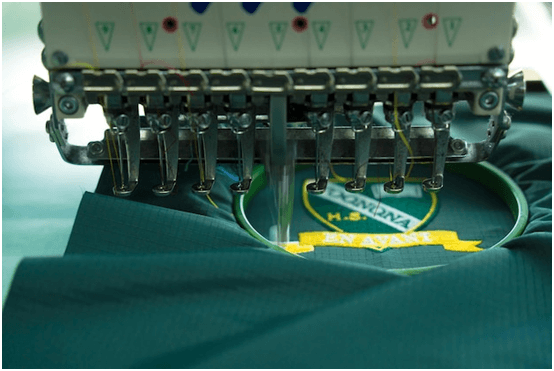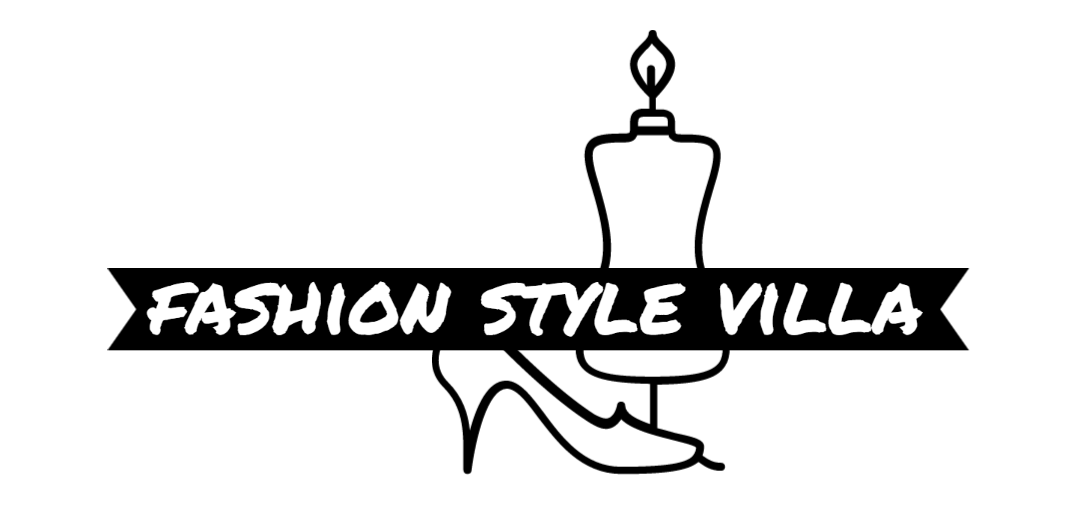
Great embroidery doesn’t just happen. It starts way before your machine makes a single stitch. It all begins with a perfect digital file. This file is the blueprint for your embroidery. Without solid digitizing, things go wrong. Your machine will create puckered, wonky results. This can really hurt your brand’s good name.
This guide is here to help you. We’ll show you how to get past mediocre embroidery. You’ll learn what makes a digitized file truly great. We’ll explore how to pick a service provider. And we’ll give you the exact steps. Steps to get your art ready for the needle. Maybe you run a busy embroidery business. Or perhaps you’re a designer striving for perfection. This first step is the key to amazing results.
So, What Exactly is Embroidery Digitizing?
Embroidery digitizing turns a normal image into a stitch file. Your machine needs this special file to work. It takes files like JPEGs or PNGs. Then it converts them into a language your machine gets. This is not some automatic, push-button process. It is a real skill. A talented digitizer has to plot every single stitch. They do it all by hand. They decide the stitch type. They set its direction and density. They also plan the sewing order.
Think of a digitizer like a translator. But they do more than just swap words. They capture the design’s original feel and intent. They make sure it looks right in thread. A bad translation is just a mess. The final product looks confusing and sloppy.
For any embroidery business, quality digitizing is everything. It seriously impacts a few key areas:
- The Final Look: You want clean lines. You need smooth fills and spot-on colors. These all depend on the digitizer’s skill. Bad digitizing causes thread breaks. It creates puckering. And the design won’t even match your art.
- How Smoothly Things Run: A great file runs without a hitch. It minimizes frustrating thread breaks. You’ll have fewer needle problems. This means less machine downtime. You won’t waste as many materials. Your production gets faster.
- Happy Customers: Delivering sharp, professional work builds trust. It keeps people coming back for more. If you consistently produce bad work, customers will leave.
Basically, putting money into good digitizing is smart. It’s an investment in your whole business.
Finding the Best Embroidery Digitizing Services for You
So many options are out there. You’ve got freelancers. You have big agencies. Choosing the right one can feel like a lot. But not all services are the same. You need to find a partner who gets both tech and art. They need a balance of skill and creativity.
Here’s a checklist for vetting potential partners:
- Check Out Their Work: A good service will show off its portfolio. They should be proud of what they do. Look for lots of different designs. See if they’ve worked on various fabrics. Do they have small, tricky text examples? What about big, complex logos? Appliqué? 3D puff? A mixed portfolio shows they know their stuff.
- Fabric Knowledge is Key: A design for a cap is different. It’s not like a design for a soft t-shirt. An expert digitizer knows this. They will ask what fabric you plan to use. They adjust density and underlay for that fabric. They also account for pull compensation. If a provider doesn’t ask about fabric? That’s a huge red flag.
- Good Communication Matters: The best embroidery digitizing services are your partners. They should reply to your emails. They should ask smart questions about your design. And they should help if you have file issues. A service that just sends a file back is a problem. They are likely just using auto-digitizing software.
- Think About Turnaround Time: Speed is nice, of course. But be careful of promises that sound too good. Quality work takes time. A standard logo might take 24 hours. More complex art will take longer. A rushed job often means they cut corners.
- Get the Right File Formats: Make sure they can give you the right file. Your machine needs a specific format. This could be .DST, .PES, .JEF, or .EXP. A real pro can export to all the major formats.
Getting Your Art Ready for Custom Embroidery Digitizing
You want great results from your digitizer, right? Then you have to give them great materials to start with. Sending a blurry, low-res image is a bad idea. You can’t expect perfection from a poor file. If you prep your art first, you’re setting everyone up for success.
Just follow these simple steps.
Step 1: Always Start with a Great Image
Your source file needs to be clear. A vector file is the absolute best. That’s an .AI, .EPS, or .SVG file. It can be scaled up or down without losing quality. Don’t have a vector? Use the highest-resolution image you can find. A good JPEG or PNG works. Make sure it’s at least 300 DPI. Try to avoid using screenshots.
Step 2: Keep It Simple
Embroidery is not the same as printing. Tiny details don’t work well with thread. Subtle color gradients can be a problem. And very small text is hard to read.
- Gradients: These are tough to recreate with thread. A good digitizer can try to blend stitches. But it’s usually better to use solid colors instead.
- Small Text: Your letters need to be readable. A good rule is at least a quarter-inch tall. That’s about 6mm. For smaller text, pick a simple, bold font.
- Fine Lines: Super thin lines might not show up. They can get lost in the fabric. Make sure your lines have some thickness.
Step 3: Limit Your Colors
Most embroidery machines have 12 to 15 needles. This means your design is limited to that many colors. Sticking to fewer colors is often better. It makes production easier. It can also make your design look stronger. Try to combine similar shades into one color. If you have specific brand colors, provide the Pantone (PMS) codes.
Step 4: Explain What You Want
Don’t just email the file and cross your fingers. Give your digitizer clear instructions. Tell them everything they need to know.
- Final Size: What are the exact dimensions? Give them the width and height.
- Fabric Type: What will the design be stitched on? A polo? A hoodie? A cap?
- Placement: Where does it go on the garment? Left chest? Center back?
- Special Notes: Anything specific they should know? Maybe you want a satin stitch border. Or a filled background.
Giving this info upfront is a game-changer. It helps the digitizer create the perfect file for you.
Pro Tips for a Perfect Embroidery Finish
Getting a great digitized file is half the job. Now you have to make sure production goes well. Here are some tips from the pros. They will help you get the most from your files. And they’ll make your finished products look amazing.
- Always do a test run. Before you embroider 100 shirts, do one test. Stitch it on a scrap of the same fabric. This is your most important quality check. It lets you see any problems before you waste shirts.
- Use the right needle and thread. A sharp needle makes clean stitches. You should change your needles often. Every 8-10 hours of sewing is a good benchmark. Also use the thread weight your digitizer suggests.
- Stabilizer is your best friend. You need the right stabilizer. It stops the fabric from moving around. It prevents puckering and stretching. Use cut-away for knits. Use tear-away for stable fabrics like twill. Using the wrong stabilizer is a top reason for bad embroidery.
- Check your machine’s tension. Is your tension off? You might see loops on top. Or the bobbin thread might show through. Learn how to do a tension test. Check it before you start a big job.
- Understand pull compensation. Thread pulls the fabric inward as it stitches. Digitizers add “pull compensation” to fight this. They make the shapes a bit wider on screen. If your test looks gappy, this might be the issue. A good digitizer accounts for this based on fabric.
Your Partner in Awesome Embroidery
Perfect embroidery is a mix of art and science. It demands clean artwork. It needs skilled custom embroidery digitizing. And it requires proper machine setup. When you get how each part works, you can control the quality. You can make amazing things that people love. And that’s how you grow your embroidery business.
Don’t let bad digitizing hold you back. Are you ready to work with real experts? People who know how to turn a design into a thread masterpiece? Consider a pro service that guarantees its work. For reliable files that run smoothly, many businesses trust 1dollardigitizing. We deliver precision and excellence every time.
